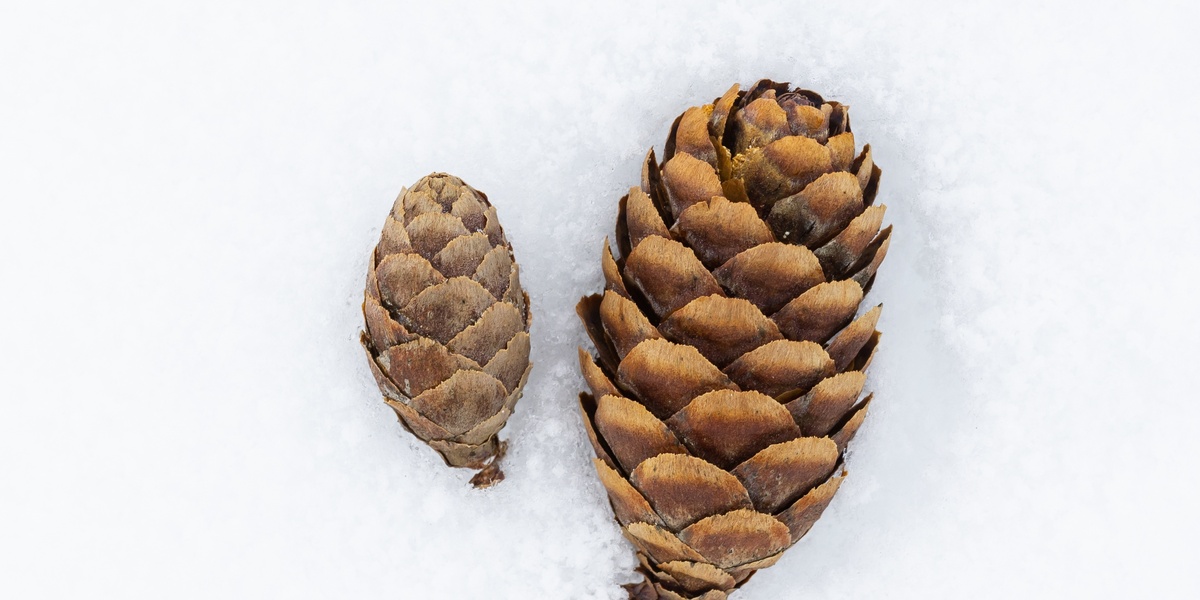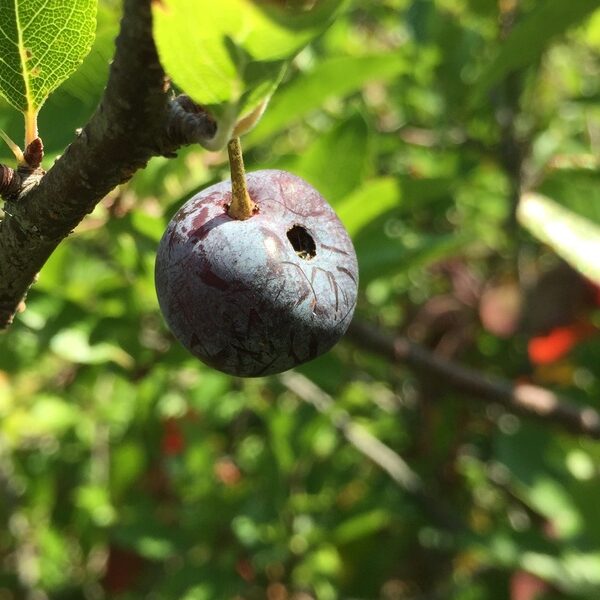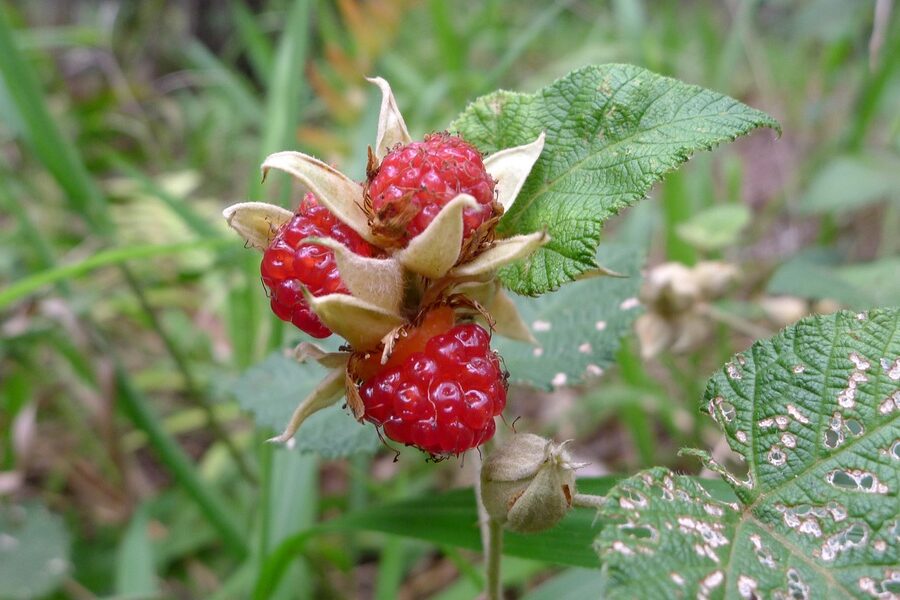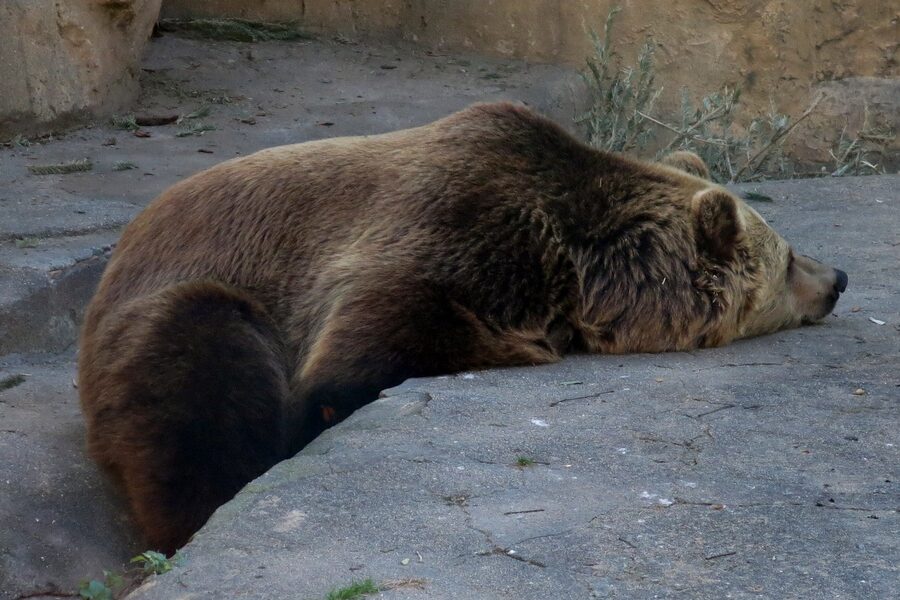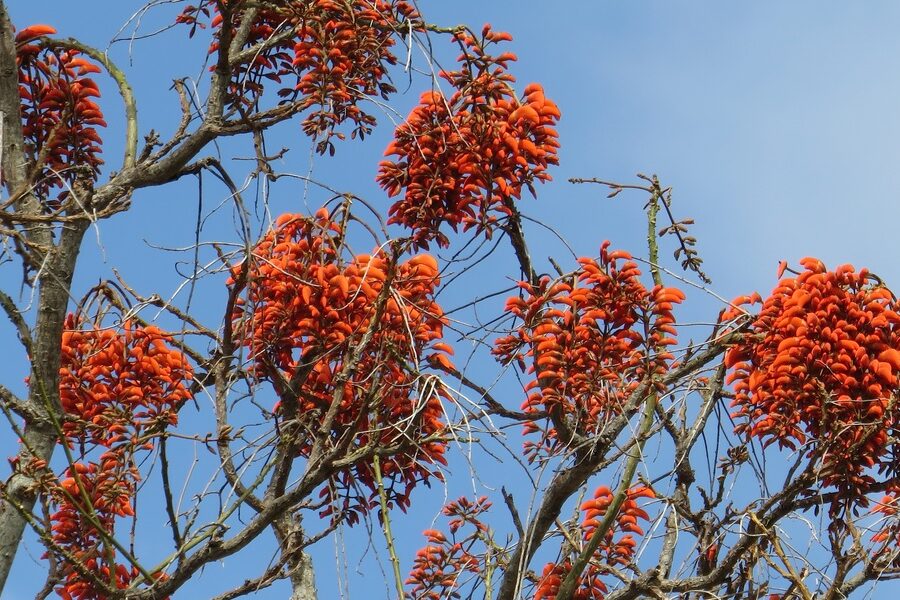Stretching across northern Canada, Scandinavia and Siberia, the boreal zone is defined by long winters, seasonal thaw and forests shaped by fire and cold-tolerant species. Learning the trees that dominate these landscapes helps with navigation, ecology studies and understanding habitat dynamics.
There are 38 boreal forest trees, ranging from American Mountain-ash to Yellow Birch. For each species the columns are Scientific name, Range, Typical height (m); you’ll find these details below.
How can I tell common boreal trees apart in the field?
Start with leaves or needles (broadleaf vs. needle-leaf), then check arrangement (single, opposite, clusters), cone or fruit type, bark texture and overall shape; season matters too—catkins, cones and fall color help, and cross-referencing with range narrows possibilities quickly.
Which species should I watch for if I’m studying wildlife habitat or timber value?
Look for spruces and pines as backbone species for cover and timber, birches and aspens for early successional habitat and browse, and species like the American Mountain-ash for fruit that supports birds; range and typical height (listed below) help prioritize species for local management.
Boreal Forest Trees
| Common name | Scientific name | Range | Typical height (m) |
|---|---|---|---|
| Black Spruce | Picea mariana | Across North America’s boreal forest, from Alaska to Newfoundland. | 20 |
| White Spruce | Picea glauca | Widespread across North America’s boreal and montane forests. | 25 |
| Tamarack Larch | Larix laricina | Across North America’s boreal zone, especially in wetlands and bogs. | 20 |
| Jack Pine | Pinus banksiana | Eastern and central North American boreal forests. | 20 |
| Balsam Fir | Abies balsamea | Eastern and central Canada, northeastern United States. | 20 |
| Trembling Aspen | Populus tremuloides | Widespread across North America, from Alaska to Newfoundland. | 25 |
| Paper Birch | Betula papyrifera | Across North America’s boreal and northern temperate forests. | 20 |
| Balsam Poplar | Populus balsamifera | Across boreal North America, typically along rivers and floodplains. | 25 |
| Lodgepole Pine | Pinus contorta | Western North America, from the Yukon to California. | 25 |
| Subalpine Fir | Abies lasiocarpa | Western North American mountains, extending into southern boreal regions. | 25 |
| Scots Pine | Pinus sylvestris | Widespread across Europe and Asia, from Scotland to eastern Siberia. | 30 |
| Norway Spruce | Picea abies | Northern, central, and eastern Europe. | 35 |
| Siberian Larch | Larix sibirica | Western Siberia, east of the Ural Mountains. | 35 |
| Siberian Fir | Abies sibirica | Siberia and northeastern China. | 30 |
| Downy Birch | Betula pubescens | Across northern Europe and Asia, including Iceland and Greenland. | 20 |
| Silver Birch | Betula pendula | Widespread throughout Europe and parts of Asia. | 25 |
| Eurasian Aspen | Populus tremula | Across Europe and Asia, from the British Isles to Japan. | 25 |
| Siberian Pine | Pinus sibirica | Throughout Siberia and the Russian Far East. | 35 |
| Dahurian Larch | Larix gmelinii | Eastern Siberia and northeastern China. | 30 |
| Pin Cherry | Prunus pensylvanica | Across North America, especially in boreal and eastern regions. | 10 |
| Speckled Alder | Alnus incana | Circumboreal, found across North America and Eurasia along waterways. | 10 |
| Yellow Birch | Betula alleghaniensis | Eastern North America, from the southern boreal to the Appalachians. | 25 |
| American Mountain-ash | Sorbus americana | Eastern North America, common in the southern boreal forest. | 10 |
| European Rowan | Sorbus aucuparia | Across Europe and western Asia. | 15 |
| Kenai Birch | Betula kenaica | Alaska and the Yukon Territory. | 15 |
| Common Juniper | Juniperus communis | Circumboreal; the most widely distributed conifer in the world. | 8 |
| Engelmann Spruce | Picea engelmannii | Western North American mountains, in subalpine and southern boreal zones. | 30 |
| Eastern White Cedar | Thuja occidentalis | Eastern North America, particularly in the Great Lakes region. | 15 |
| Swiss Pine | Pinus cembra | Central European mountains, overlapping with taiga species. | 25 |
| European Larch | Larix decidua | Mountains of central Europe. | 30 |
| Dwarf Siberian Pine | Pinus pumila | Northeast Asia, including Siberia, Japan, and Korea. | 5 |
| Erman’s Birch | Betula ermanii | Northeast Asia, including Kamchatka, Korea, and Japan. | 20 |
| Bird Cherry | Prunus padus | Across Eurasia, from Britain to Japan. | 15 |
| Green Alder | Alnus viridis | Circumboreal, often forming dense thickets at the treeline. | 5 |
| Bebb Willow | Salix bebbiana | Across boreal North America. | 8 |
| Goat Willow | Salix caprea | Native to Europe and Western and Central Asia. | 10 |
| Siberian Spruce | Picea obovata | Siberia and northern Scandinavia. | 30 |
| Scouler’s Willow | Salix scouleriana | Western North America, from Alaska to New Mexico. | 10 |
Images and Descriptions
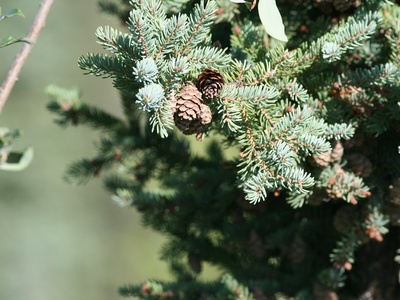
Black Spruce
A slender conifer with short, bluish-green needles and dark, flaky bark. It thrives in cold, boggy soils where other trees can’t grow and is easily identified by the clusters of small, persistent cones at its very top.
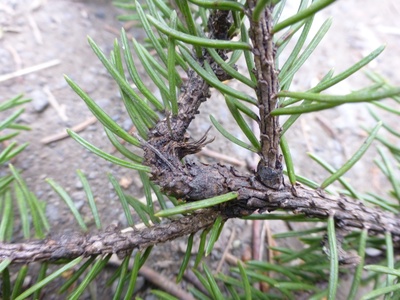
White Spruce
A large conifer with stiff, sharp, four-sided needles that are bluish-green to green. When crushed, the needles have a pungent, skunky odor. It prefers well-drained soils and is a vital source of timber and pulpwood.
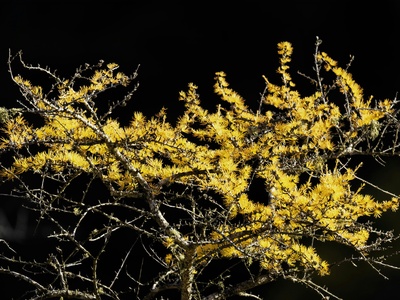
Tamarack Larch
A unique deciduous conifer with soft, light-green needles that turn brilliant yellow in autumn before dropping. Its presence often indicates wet, boggy ground. The tough, rot-resistant wood was used by indigenous peoples for snowshoes and boat ribs.
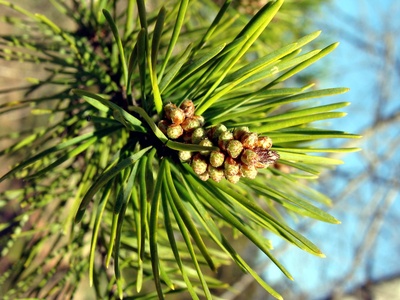
Jack Pine
A hardy, scrubby-looking pine with short, twisted needles in pairs. Its most notable feature is its serotinous cones, which are sealed with resin and require the heat of a forest fire to open and release their seeds.
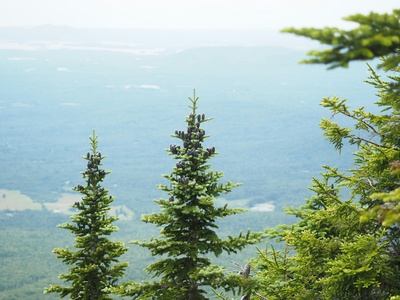
Balsam Fir
A classic Christmas tree with flat, fragrant needles and smooth, grey bark dotted with resin blisters. Thrives in cool, moist sites and is a key food source for moose. Its aromatic resin was historically used in medicine.
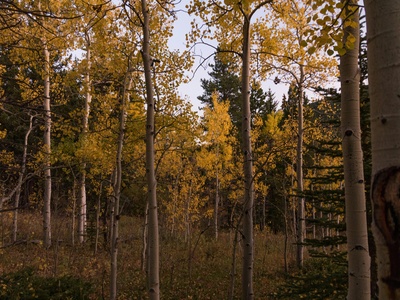
Trembling Aspen
Famous for its spade-shaped leaves that “tremble” in the slightest breeze. It has smooth, pale bark and spreads rapidly through root suckers, forming vast clonal stands, especially after fires. This is North America’s most widespread tree.
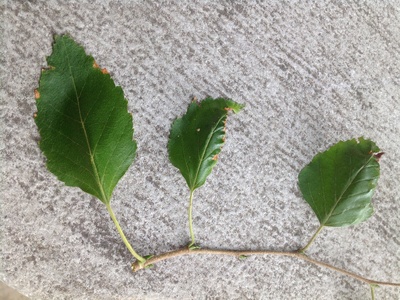
Paper Birch
Instantly recognizable by its brilliant white, peeling bark, which was traditionally used by Indigenous peoples for canoes, containers, and writing. A fast-growing pioneer species that colonizes disturbed areas, its bright foliage adds spectacular fall color.
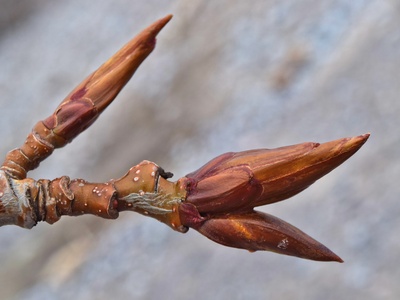
Balsam Poplar
A fast-growing tree with large, heart-shaped leaves and sticky, fragrant buds in spring. The scent is a hallmark of the northern woods. It is a key pioneer species on moist sites and important for stabilizing riverbanks.
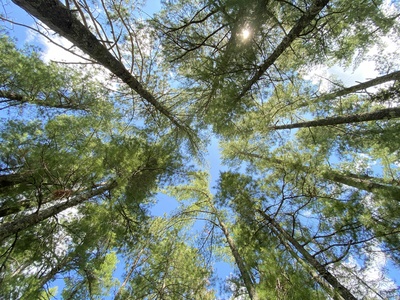
Lodgepole Pine
A tall, straight pine with paired needles. The “lodgepole” name comes from its use by Indigenous peoples for teepee poles. Like Jack Pine, its cones are often serotinous, depending on fire for regeneration, making it a dominant post-fire species.
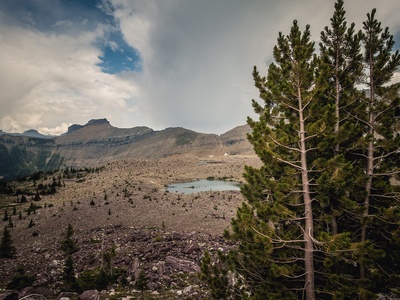
Subalpine Fir
A slender, spire-like fir found at high elevations and northern latitudes. It has soft, blue-green needles and smooth grey bark. It often forms the treeline, growing in dense, pointed stands that shed heavy snow.
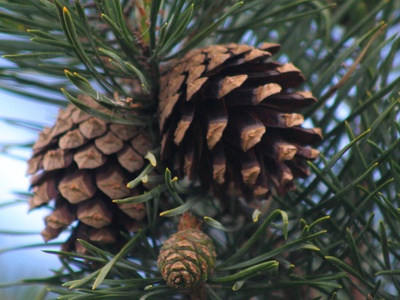
Scots Pine
The world’s most widely distributed pine, recognizable by its blue-green needles in pairs and distinctive orange-red bark on the upper trunk. It’s a cornerstone of Eurasian forestry, used for timber, pulp, and Christmas trees.
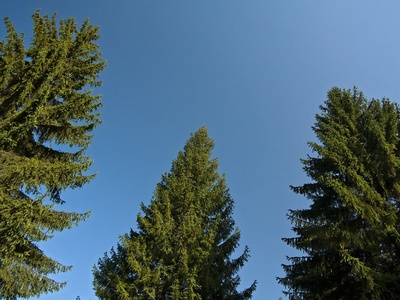
Norway Spruce
A tall, fast-growing spruce with drooping branchlets and the longest cones of any spruce. It is one of Europe’s most important timber trees and the quintessential Christmas tree. It dominates vast areas of the Scandinavian and Russian taiga.
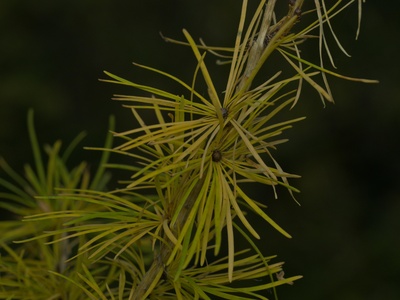
Siberian Larch
A dominant tree of the West Siberian taiga, this deciduous conifer is extremely cold-hardy. Its durable, rot-resistant wood is highly valued for construction. In autumn, its golden needles create stunning landscapes before they fall.
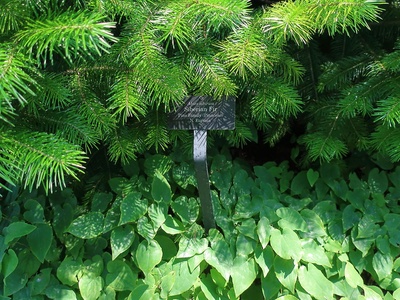
Siberian Fir
The most common fir in the vast Siberian taiga. It has soft, fragrant needles and a conical shape. The needles are a commercial source of essential oil, used in aromatherapy and perfumes. It is extremely tolerant of cold and shade.
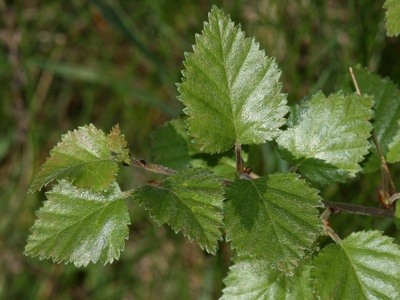
Downy Birch
A hardy birch with smooth, pale bark that does not peel as readily as other birches. Its twigs and young leaves are covered in fine, downy hairs. It can tolerate wetter, colder, and poorer soils than its relative, the Silver Birch.
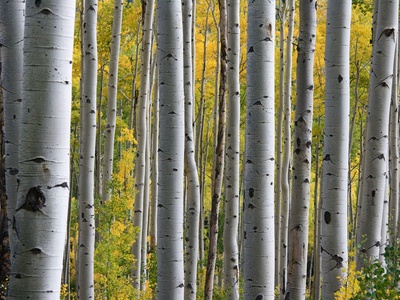
Silver Birch
An elegant, medium-sized tree with distinctive white, peeling bark and a graceful, weeping habit in its branchlets. A pioneer species that quickly colonizes open ground, it is culturally significant and valued for its wood and sap.
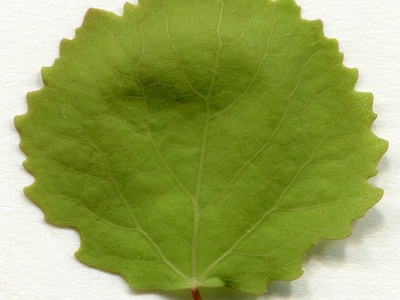
Eurasian Aspen
The Eurasian counterpart to North America’s Trembling Aspen. It features rounded leaves with flattened stalks that flutter in the wind. Like other aspens, it reproduces via root suckers, creating large, genetically identical colonies.
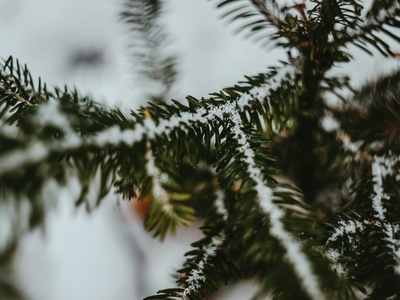
Siberian Pine
A large, slow-growing five-needle pine, also known as Siberian stone pine. It is highly valued for its edible nuts (pine nuts), which are a vital food source for wildlife and a commercial product. The wood is soft and easy to carve.
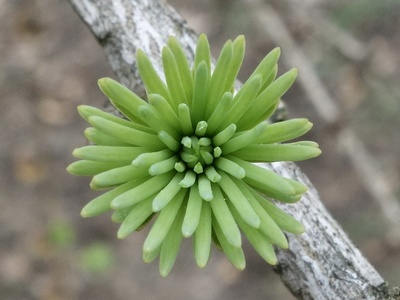
Dahurian Larch
The world’s most northern-growing tree and one of the most cold-tolerant. It forms vast, open forests in permafrost regions where no other tree can survive. Its needles turn a brilliant yellow in the fall, dominating the autumn taiga landscape.
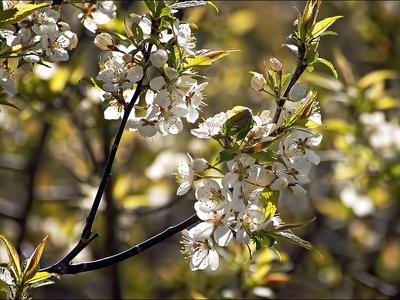
Pin Cherry
A small, short-lived tree with shiny red bark and bright red, sour cherries. It is a “fire cherry,” as its seeds lie dormant for decades until a fire clears the overstory, allowing them to sprout and quickly stabilize the soil.
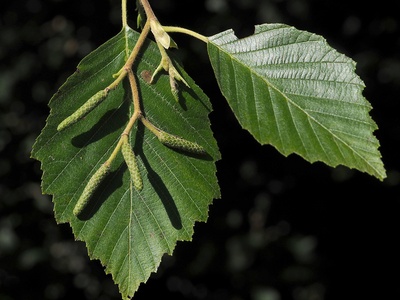
Speckled Alder
Often a large shrub or small tree, it is found in wet areas like stream banks and swamps. Its bark is smooth and grey with white speckles (lenticels). As a nitrogen-fixer, it enriches the soil, benefiting surrounding plants.
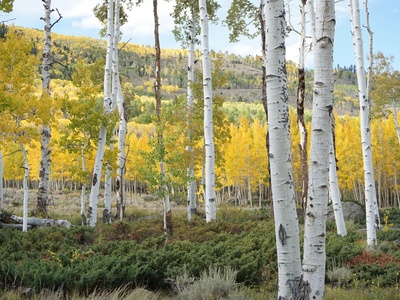
Yellow Birch
Distinguished by its shiny, yellowish-bronze peeling bark. It is one of the largest and most valuable hardwood trees in its range, with strong, heavy wood used for furniture and flooring. The twigs have a faint wintergreen scent.
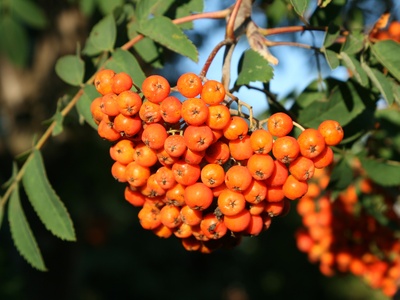
American Mountain-ash
A small, ornamental tree with compound leaves and large clusters of bright orange-red berries that persist into winter. The berries are an important food source for birds like waxwings and grouse, though they are sour to humans.
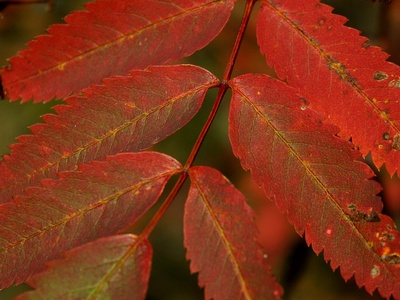
European Rowan
A small but resilient tree, famous for its bright red berries and feathery compound leaves. Rich in folklore, it was often planted to ward off evil. The berries are a vital winter food for birds and can be made into jellies.
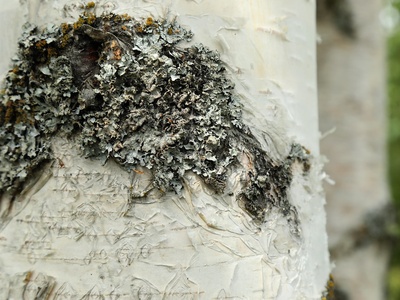
Kenai Birch
A birch species native to the cold climates of Alaska. It is often a hybrid between smaller shrubby birches and the larger Paper Birch. It is a key hardwood in the region, providing browse for moose and habitat for birds.
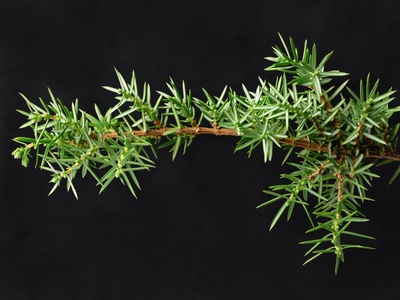
Common Juniper
Typically a low-spreading shrub but can grow into a small, gnarled tree. It has sharp, awl-shaped needles in whorls of three. Its distinctive blue-black berries are famously used to flavor gin and season foods.
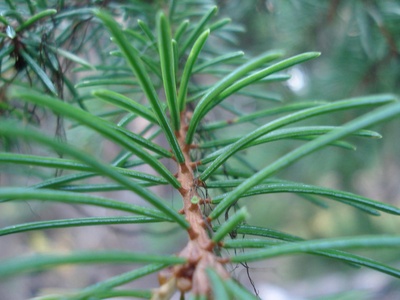
Engelmann Spruce
A key high-elevation tree, forming forests with Subalpine Fir. Its needles are sharp, blue-green, and have a strong resinous odor when crushed. The wood is light and strong, used for lumber and paper manufacturing.
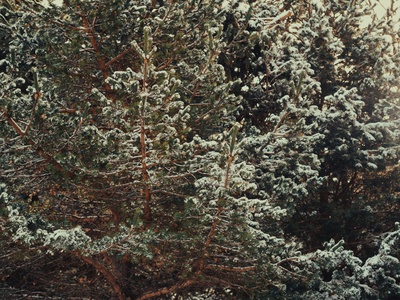
Eastern White Cedar
Also known as Arborvitae or “tree of life,” this slow-growing conifer has scale-like leaves arranged in flat sprays. It thrives in cool, swampy areas and provides critical winter shelter and browse for deer.
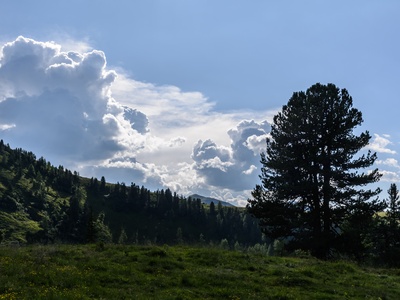
Swiss Pine
A close relative of the Siberian Pine, this five-needle pine is a symbol of the Alps. It is slow-growing and long-lived, valued for its fragrant, durable wood used in cabinetry and paneling, and for its edible pine nuts.
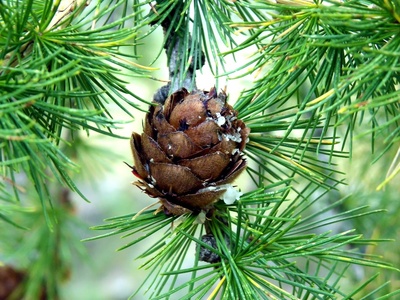
European Larch
A deciduous conifer native to the Alps and Carpathians, widely planted elsewhere. It is prized for its strong, durable timber and its brilliant golden-yellow autumn foliage. It is fast-growing and provides valuable habitat.
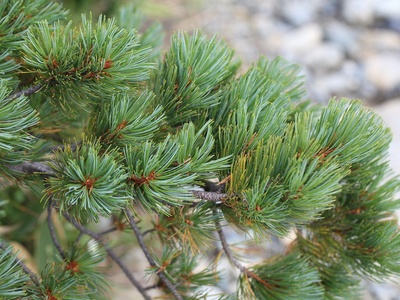
Dwarf Siberian Pine
A low, shrubby pine that forms dense thickets at or above the treeline. It is incredibly resilient to cold and wind. Its nuts are an important food for wildlife, such as the nutcracker, which helps disperse its seeds.
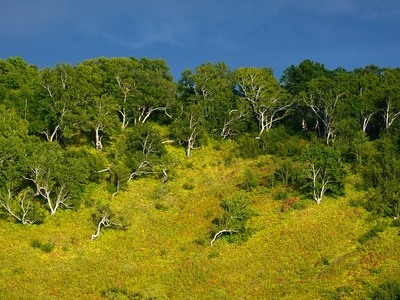
Erman’s Birch
Also known as stone birch, this tree is incredibly hardy, often forming the treeline in its range. It has peeling bark that can be creamy, reddish, or grey. It is a key species in the volcanic landscapes of the Russian Far East.
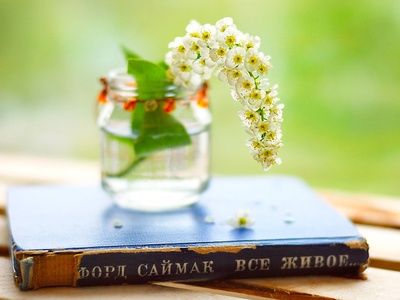
Bird Cherry
A small tree or large shrub that produces fragrant, almond-scented white flowers in spring, followed by small, bitter black cherries. The fruit is inedible to humans raw but is readily eaten by birds, which disperse the seeds.
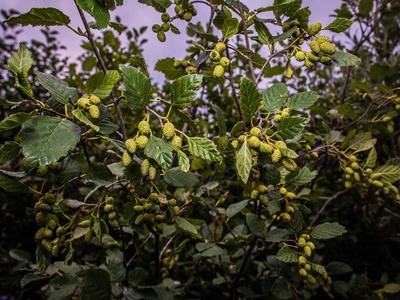
Green Alder
A large shrub or small tree that is a pioneer species on poor soils and disturbed sites. Its ability to fix nitrogen enriches the soil, paving the way for other species. It is crucial for avalanche control on mountain slopes.
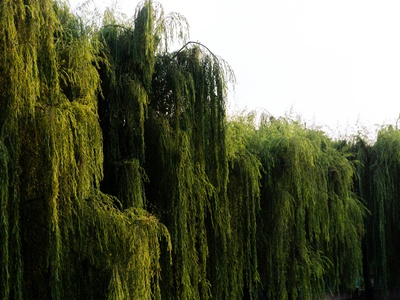
Bebb Willow
One of the most common willows in the boreal forest, often growing as a multi-stemmed large shrub or a small, crooked tree. It is an important source of browse for moose and food for beavers.
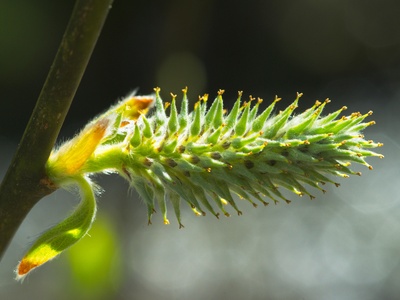
Goat Willow
A broad-leaved willow that often grows as a small tree. It is one of the earliest willows to flower, producing large, fuzzy catkins (“pussy willows”) that are a vital early spring pollen source for bees and other insects.
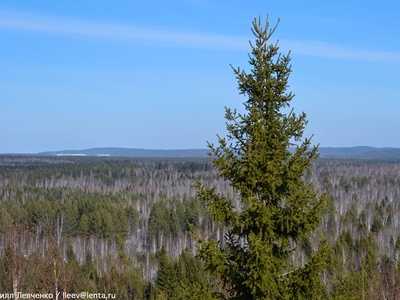
Siberian Spruce
The dominant spruce of the Siberian taiga, closely related to the Norway Spruce and often hybridizing with it. It is extremely cold-hardy, with a narrow conical crown adapted to shed heavy snow. It is a major timber resource in Russia.
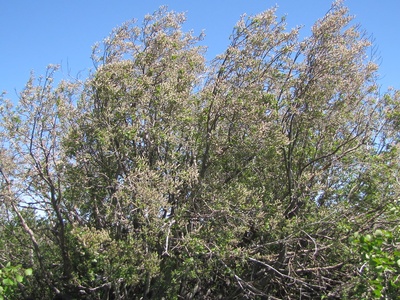
Scouler’s Willow
An adaptable willow that is unique for its ability to grow on dry, upland sites as well as moist ones. It is often one of the first woody plants to colonize an area after a fire or logging, sprouting vigorously from its root crown.
